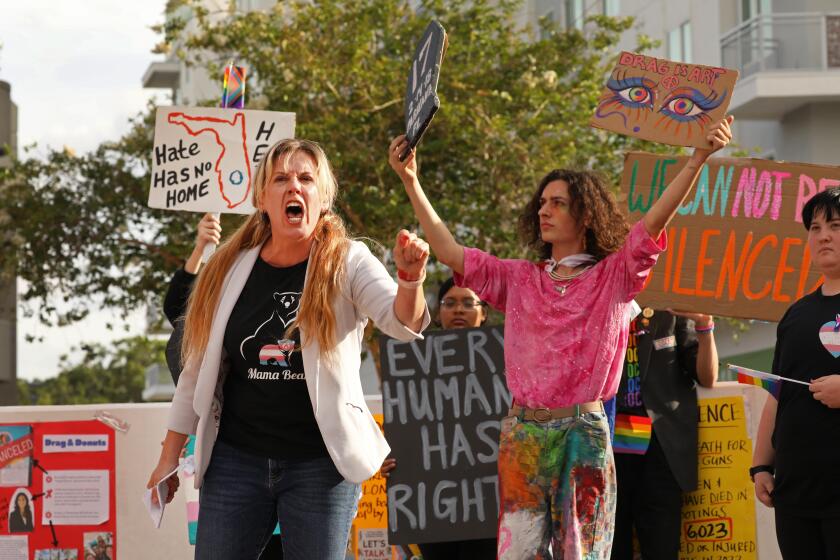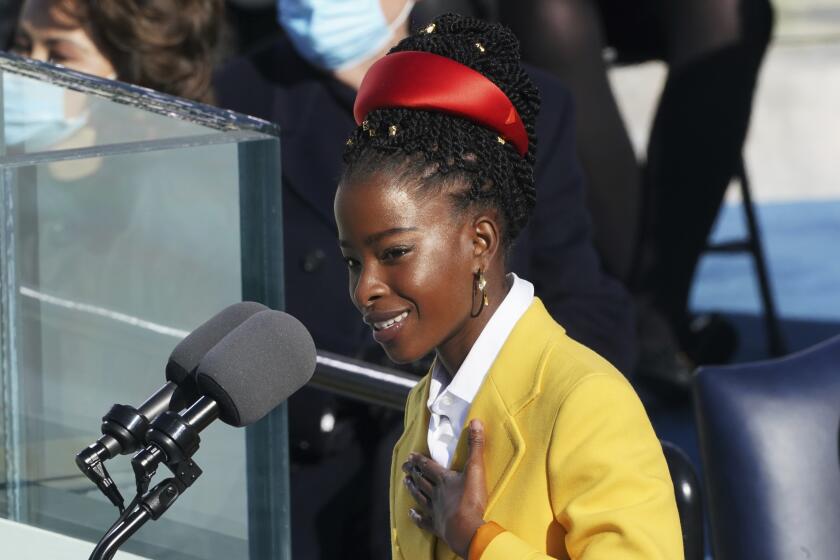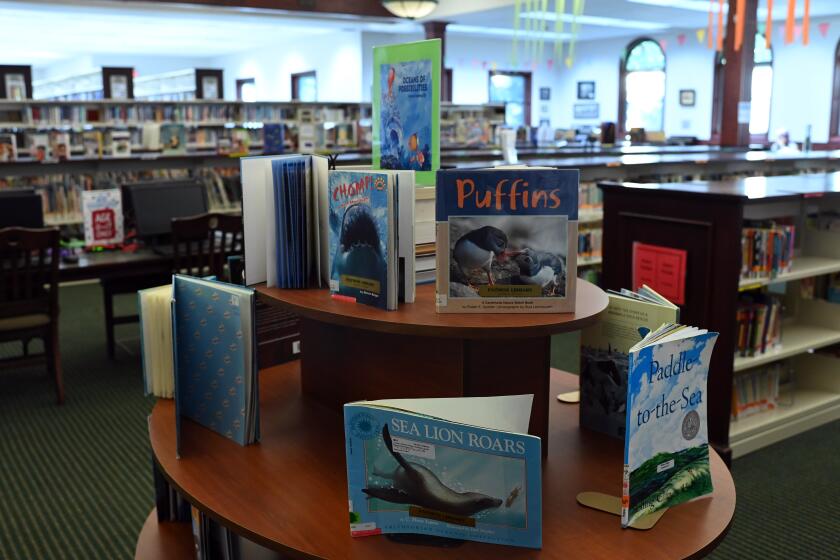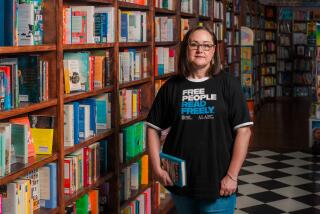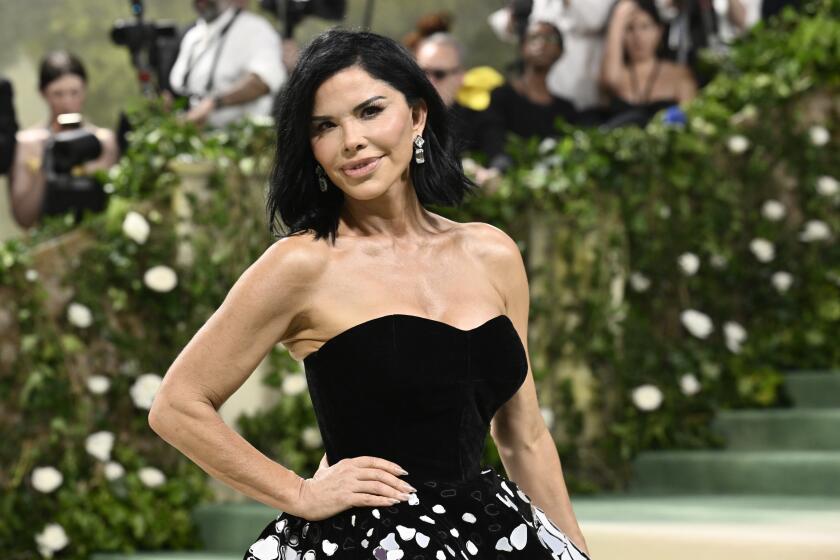The 15 most banned books in America this school year
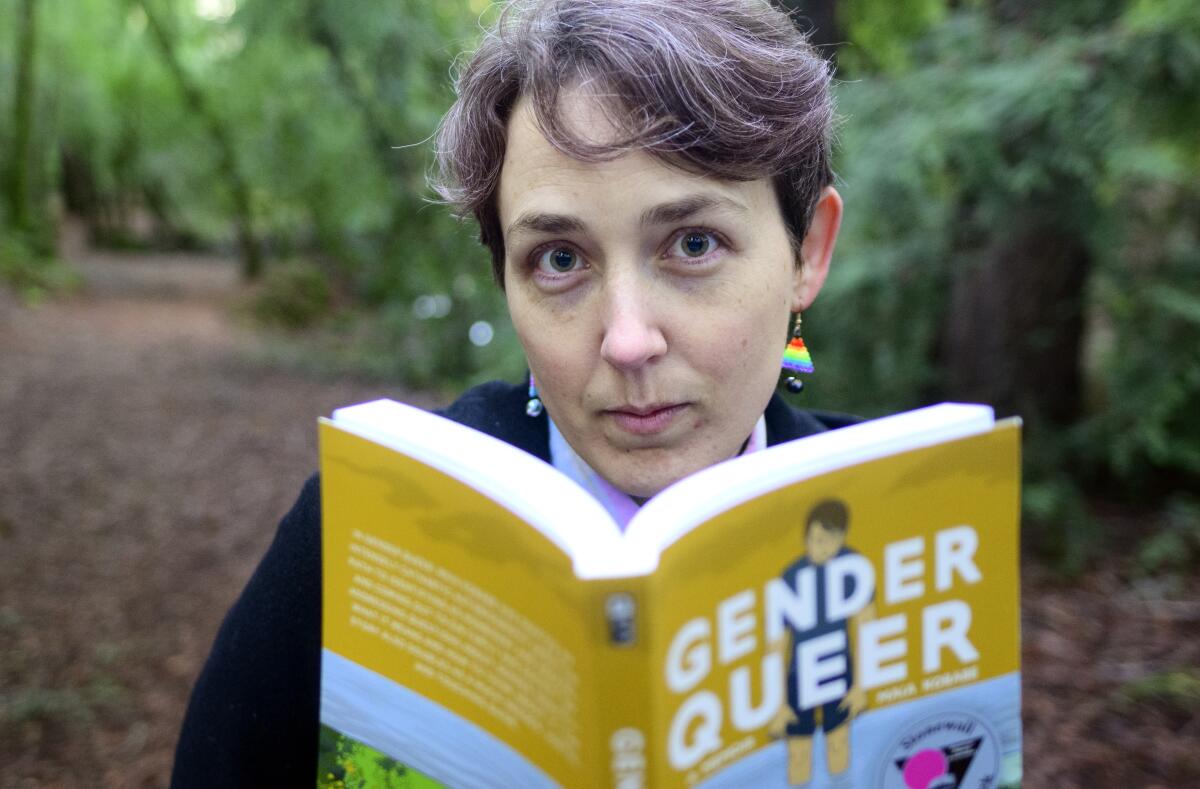
Actor, author and ‘Reading Rainbow’ founder Levar Burton joins the L.A. Times Book Club to discuss the State of Banned Books.
The recent surge in book bans in U.S. school districts and libraries is the latest front in a long-running battle that has swept up even literary masterpieces of John Steinbeck, J.D. Salinger and Toni Morrison.
But the dramatically increasing censorship attempts have evolved, says Allison Lee, Los Angeles director of PEN America, a century-old writers organization that works to defend freedom of expression.
Prior to the current wave, communities usually banned books on a case-by-case basis, often in response to complaints about violent or sexual content. Now, Lee says, “large swaths of books, sometimes even entire school or classroom libraries are being removed.” Many activists and politicians object to an entire genre of books that deal with LGBTQ+ topics or issues. Other targeted books deal with race.
The American Library Assn. reports that in 2022 a record 1,269 demands were made to restrict or ban books and other materials in schools and libraries — up from 156 demands in 2020.
Here are 15 books PEN America says were most frequently banned from July 2021 through the first part of the 2022-23 school year.
1. “Gender Queer: A Memoir” by Maia Kobabe. This bestselling 2019 autobiography in graphic novel format has been praised for its honest, open discussion of what it’s like to be a nonbinary person. It also has been attacked for its frank depiction of sexual behavior, as Times columnist Robin Abcarian wrote in 2022. The debut book by a Santa Rosa illustrator, “Gender Queer” has become the most banned book in America, a target of school boards, conservative candidates, preachers and parental groups who condemned it as pornography aimed at impressionable children. (56 bans; 150 challenges, according to the ALA)
In DeSantis they trust: Conservative parental groups and powerful politicians clash with parents, teachers and librarians who oppose the banning of books.
2. “All Boys Aren’t Blue” by George M. Johnson. In a recent discussion at the Los Angeles Times Festival of Books, Johnson recalled that as a young Black queer person, they never saw themselves in any of the books they read. That led Johnson to write this 2020 book of coming-of-age essays, which has been challenged for its LGBTQ+ content and for being sexually explicit. In 2022, Time magazine named Johnson one of the 100 influencers shaping the next generation. (38 bans, 86 challenges)
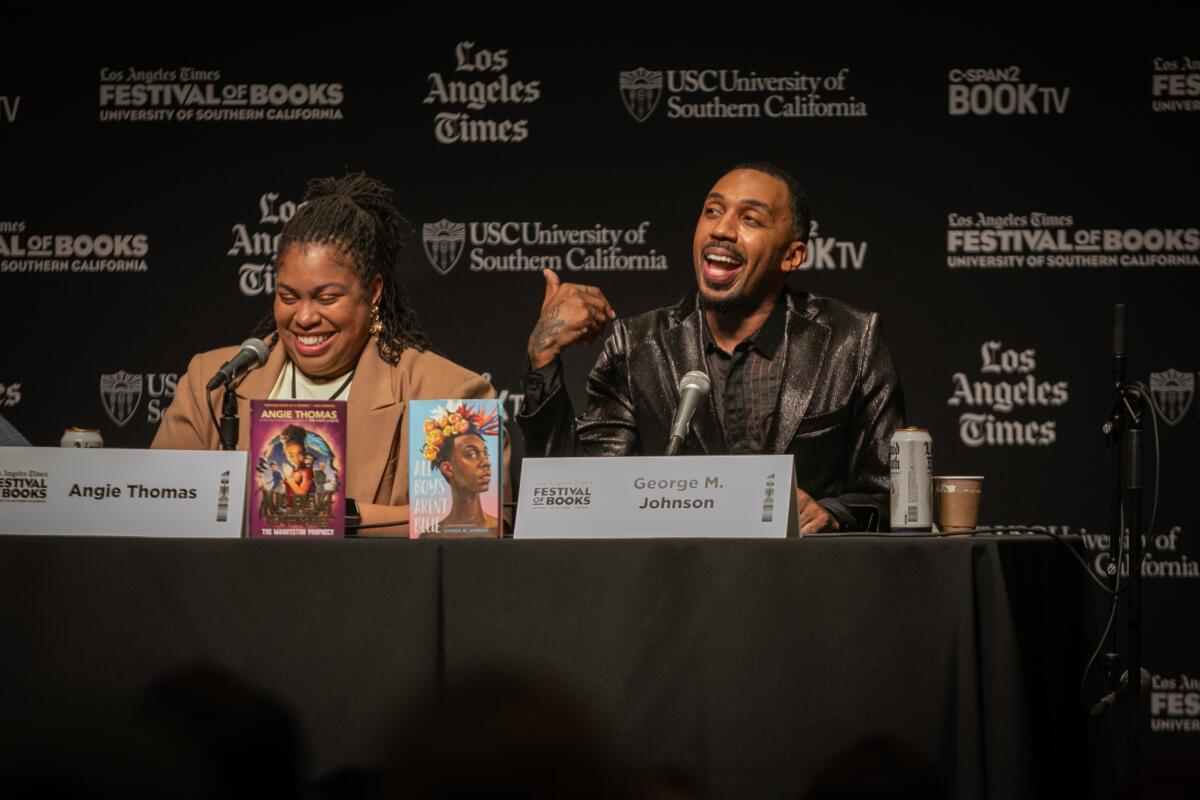
3. “The Bluest Eye” by Toni Morrison. First published in 1970, Morrison’s novel about a Black girl growing up during the Great Depression is a meditation on the oppressive nature of America’s white-centric conception of beauty, as New York Times reviewer John Leonard wrote at the time. The story’s depiction of child abuse and sexual violence led to it being banned at a Southern California high school and elsewhere. (32 bans, 73 challenges)
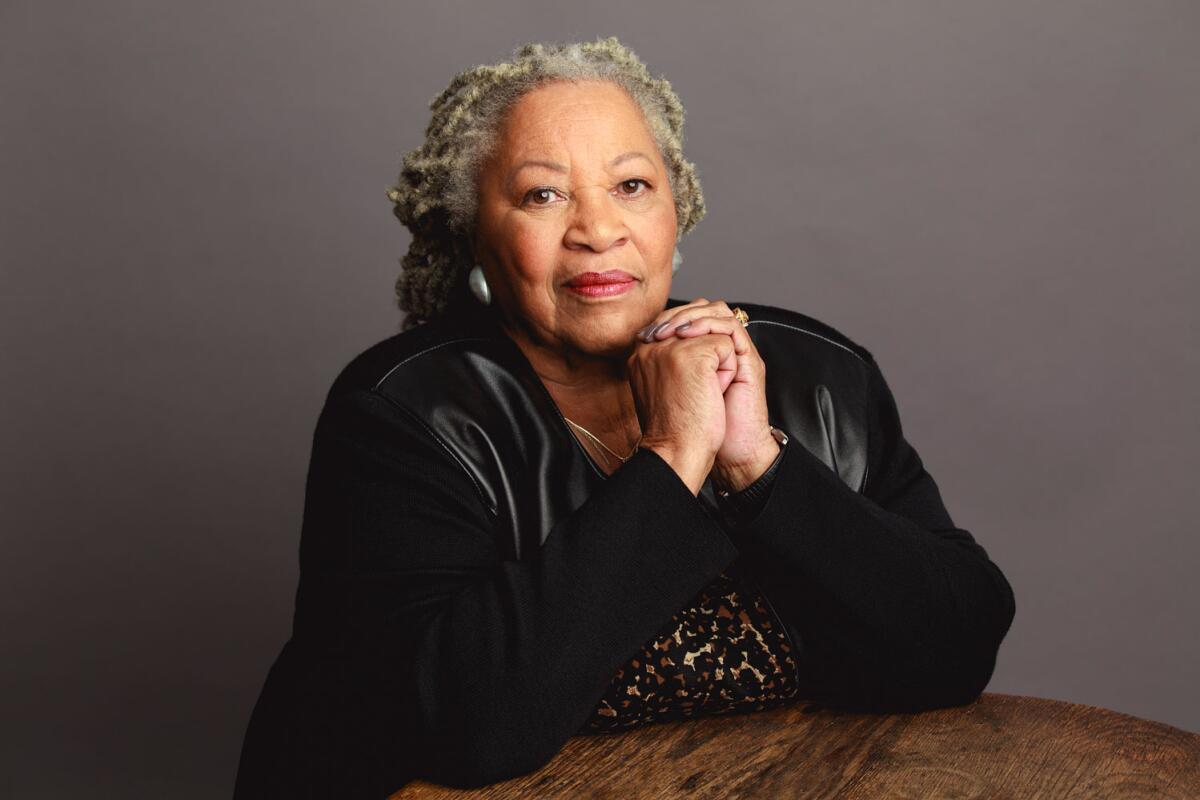
4. “Out of Darkness” by Ashley Hope Perez. A 1937 explosion that killed nearly 300 students and teachers at a Texas school provides the historical context for this YA novel, a love story about a Black boy and a Mexican American girl. Published in 2015, the book written by an Ohio State University literature professor faced challenges in 2021 about sexual depictions in the story. (31 bans, 50 challenges)
Amanda Gorman’s inaugural poem ‘The Hill We Climb’ was added to the book bans taking over Florida elementary schools
5. “Flamer” by Mike Curato. This award-winning 2020 novel explores a teenage boy’s struggle to understand and accept his sexuality while at summer camp in the 1990s. In an interview with PEN America, Curato described “Flamer” as a book about suicide prevention. Critics objected to its sexual-leaning content. (25 bans, 62 challenges)
6. “The Hate U Give” by Angie Thomas. Published in 2017, this novel about a teenage girl who witnesses a police officer kill her childhood best friend was inspired by the Black Lives Matter movement. The bestseller was adapted into a 2018 film by the same name. An Illinois school board cited inappropriate language as a reason to ban the book in 2022; other challenges cited violence and an anti-police message. At the Festival of Books in April, Thomas said books like hers are seen as dangerous because of the power they have to create change through empathy. (24 bans)
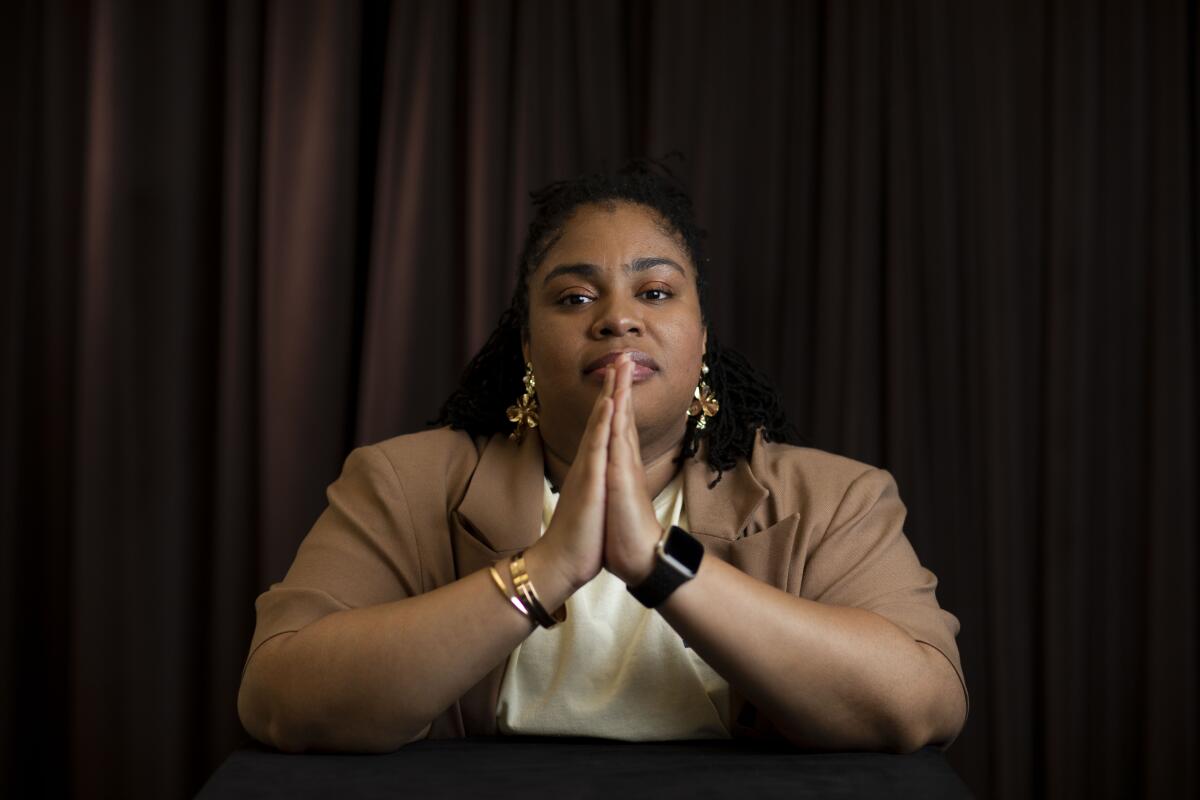
7. “Crank” by Ellen Hopkins. The author based her 2004 novel on her daughter’s struggle with addiction to crystal meth and says the experience helped her better understand the nature of addiction. “The power of this novel is still felt in the constant challenges it still faces nearly twenty years after it was originally published,” writes Maryland librarian Nia Thimakis for the ALA. Challenges cited the book’s depictions of drug use and a violent sexual encounter. (24 bans, 48 challenges)
Conservatives vilify school librarians as “groomers and pedophiles” for stocking LGBTQ and racially themed books. “We have been cursed,” said one librarian.
8. “Lawn Boy” by Jonathan Evison. The 2018 novel tells the story of Mike Muñoz, a young biracial gay Chicano from a working-class family in Washington state. “The coming of age novel has received top marks from critics and readers, but also some challenges as well in schools and libraries because it contains profanity and sexually explicit scenes,” according to the ALA. (23 bans, 54 challenges)
9. “Tricks” by Ellen Hopkins. In this 2009 novel, Hopkins tells the story of five troubled teenagers who become involved in prostitution in different parts of the country. It’s another provocative work by Hopkins, who had four books on the ALA’’s list of the top 100 banned or challenged books between 2010 and 2019. (21 bans)
10. “This Book Is Gay” by Juno Dawson. The British author delves into sexuality and gender in her 2014 young adult nonfiction bestseller. “I felt as a former teacher, sex education for LGBTQ+ teenagers wasn’t very good,” Dawson says on Instagram. “They weren’t really learning anything about safety in relationships.” Critics have denounced the book on social media as pornography. (21 bans, 48 challenges)
11. “The Absolutely True Diary of a Part-Time Indian” by Sherman Alexie. Based on his own experiences, Alexie tells the story of a budding cartoonist growing up on a Spokane, Wash., reservation. Detractors have challenged the 2007 bestseller, citing sexual references and profanity. (21 bans, 52 challenges)
12. “Thirteen Reasons Why” by Jay Asher. This 2007 novel explores the reasons a teenage girl decided to take her own life, recorded on cassette tapes discovered by a friend. The book was adapted into a Netflix series in 2017. One Colorado school district banned the book, saying it glamorized suicide, according to PBS NewsHour. (20 bans)
13. “Me and Earl and the Dying Girl” by Jesse Andrews. This 2012 novel centers around two teenage boys who try to make a movie about their female friend with leukemia. One Missouri school district pulled it from libraries in 2023 because of explicit sexual language. (20 bans, 48 challenges)
14. “Sold” by Patricia McCormick. This 2006 novel, about a young Nepalese girl who struggles to survive being sold into sexual slavery, was a National Book Award finalist. But its realistic depiction of her plight has led to challenges. (18 bans)
15. “Melissa” by Alex Gino. Published in 2015, the novel follows the story of trans fourth-grader Melissa, who is seen by everyone as a boy named George. The book received the ALA’s Stonewall Book Award, a Lambda Literary Award and a Children’s Choice book award. In 2020, opponents of the book tried to close a town library in Kansas because it was on the shelf. (18 bans)
Classic works under fire
Here are another 10 notable books that have been banned or challenged over the years, according to the ALA and other sources.
“The Storyteller” by Jodi Picoult. This 2013 novel, about a young woman who discovers that an elderly man in her town was a death camp commander during the Holocaust, was among 20 books by the bestselling author removed in March from school libraries in Martin County, Fla., according to PEN America. Also removed were nine books from James Patterson’s “Maximum Ride” series and two books by Nobel Prize winner Toni Morrison, among other titles.
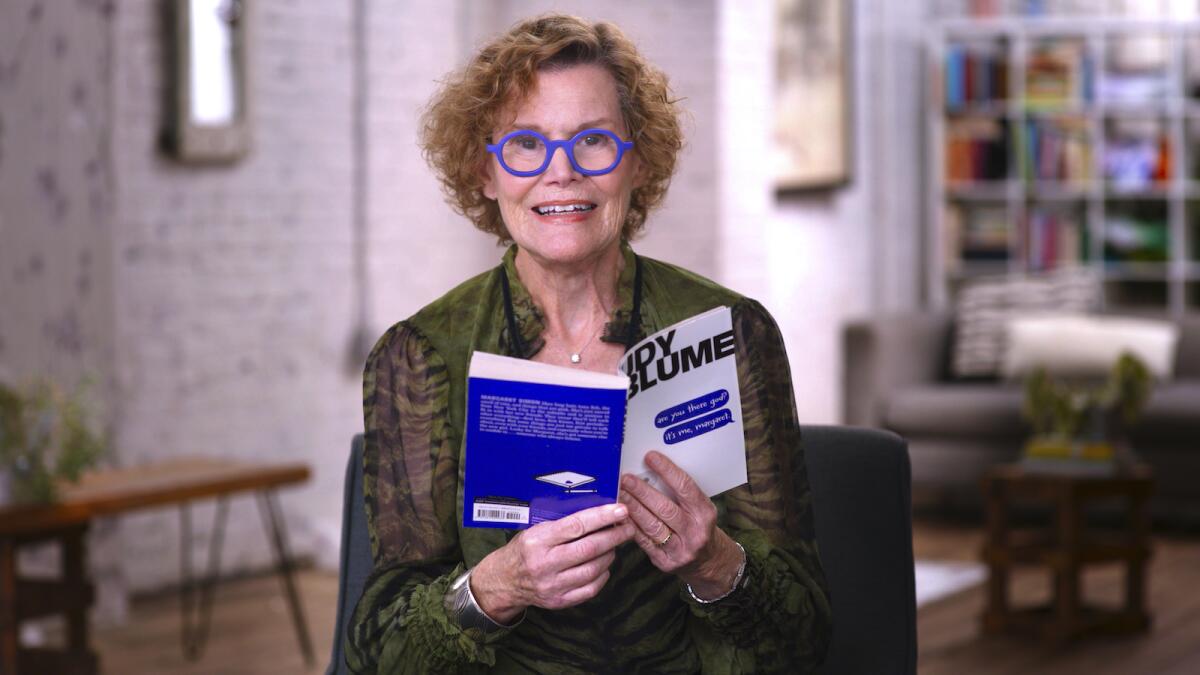
“Forever” by Judy Blume. This 1975 novel, about a teenage couple who begin having sex, also was banned by Martin County’s school system. “What country is this?” Blume complained to NPR.
In perfect timing, a movie version of the book and a documentary about the novelist’s life have converged. We needed them.
“The Catcher in the Rye” by J.D. Salinger. This 1951 novel is a classic of post-World War II American literature. The ALA notes that this title has been a favorite target of censors since its publication. Numerous school districts removed it from libraries and reading lists between 1960 and 2000.
“The Grapes of Wrath” by John Steinbeck. The Nobel Prize-winning author’s novel about the Dust Bowl and the hard lives of displaced farmers and their families in California became a bestseller in 1939. It was banned and copies were burned in Kern County, the destination of the fictional Joad family.
“To Kill a Mockingbird” by Harper Lee. The classic 1960 novel about racial injustice in a Southern town has been banned and challenged in numerous communities. Challenges often cite language and racial depictions. The hit Broadway adaptation by Aaron Sorkin has been a lightning rod for controversy.
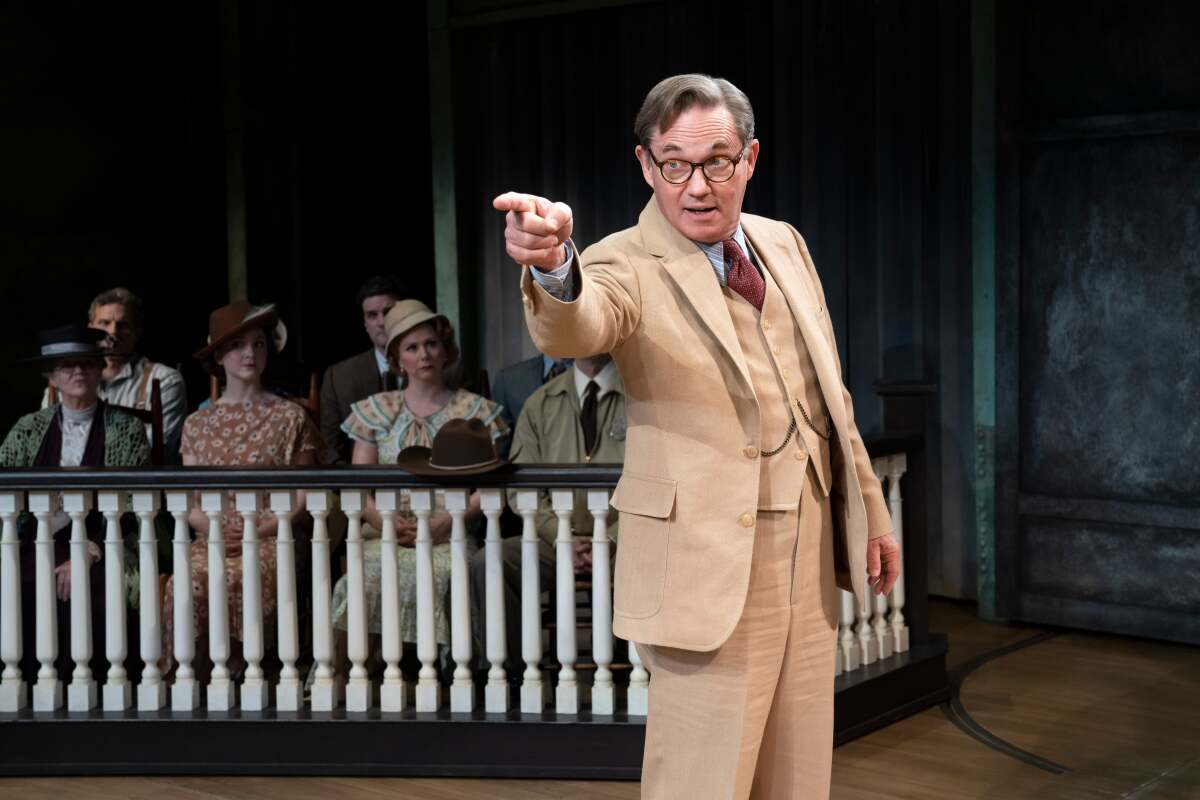
“Nineteen Eighty-Four” by George Orwell. The 1949 dystopian novel was challenged in Florida in 1981 for being “pro-communist” and sexually explicit.
“Beloved” by Toni Morrison. The 1987 novel, in which an enslaved Black woman kills her young daughter to spare her from slavery, was pulled from the Advanced Placement English class at a Louisville, Ky., high school in 2007 after parents complained. The principal ordered teachers to start over with “The Scarlet Letter” by Nathaniel Hawthorne.
“Catch-22” by Joseph Heller. The 1961 antiwar novel was banned by a school district in Strongville, Ohio, in 1972, along with two novels by Kurt Vonnegut Jr. After students filed a lawsuit, a federal appeals court restored access, deciding the students had “the right to receive information which they and their teachers desired to have.”
“Brave New World” by Aldous Huxley. Modern Library’s editorial board ranked “Brave New World,” the 1932 novel about the discontents of a technologically-advanced future society, as the fifth most important novel of the 20th century. Nevertheless, the book was challenged as required reading in the Corona-Norco Unified School District in 1993 because it is “centered around negative activity.” The novel also was removed from a high school library in Foley, Ala., in 2000 after a parent complained that it showed contempt for religion, marriage and family.
“Animal Farm” by George Orwell. The 1945 allegorical novella has been a target of complaints for decades, according to the ALA. In 1987, “Animal Farm” was one of dozens of books banned in schools in Bay County, Fla. Then 44 parents, students and teachers filed a federal lawsuit, and the school board reversed the decision. ‘’The only thing we have succeeded in doing is making sure every child in Bay County reads the books we banned,’’ a board member told the Associated Press.
Book club: State of Banned Books
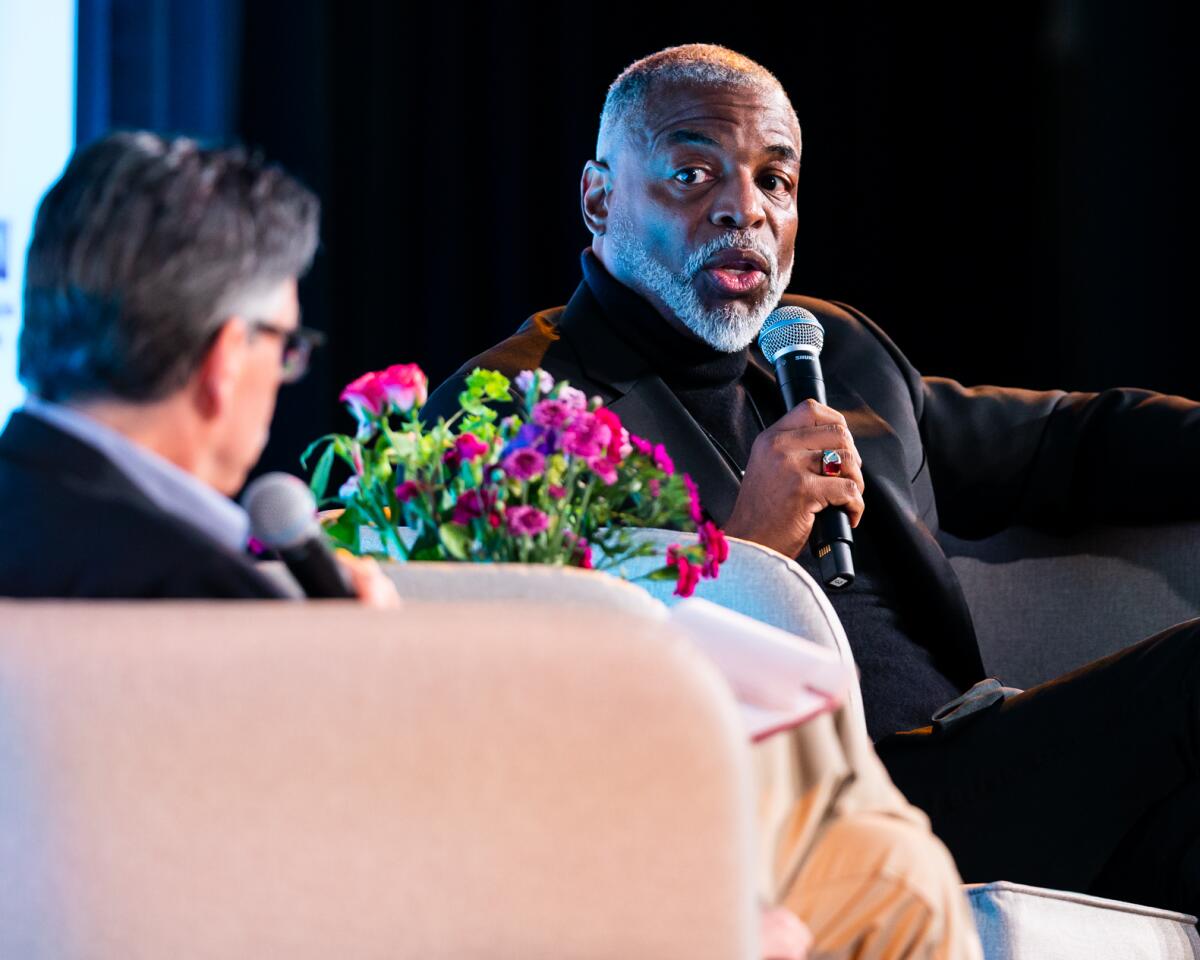
)
What: Actor, author and “Reading Rainbow” founder LeVar Burton joined the L.A. Times Book Club on May 24 to discuss the State of Banned Books with Times editor Steve Padilla.
Where: ASU California Center in Los Angeles. This book club event also is available virtually: Watch now.
Join us: Sign up for the Book Club newsletter for latest books, news and events.
More to Read
Sign up for our Book Club newsletter
Get the latest news, events and more from the Los Angeles Times Book Club, and help us get L.A. reading and talking.
You may occasionally receive promotional content from the Los Angeles Times.
